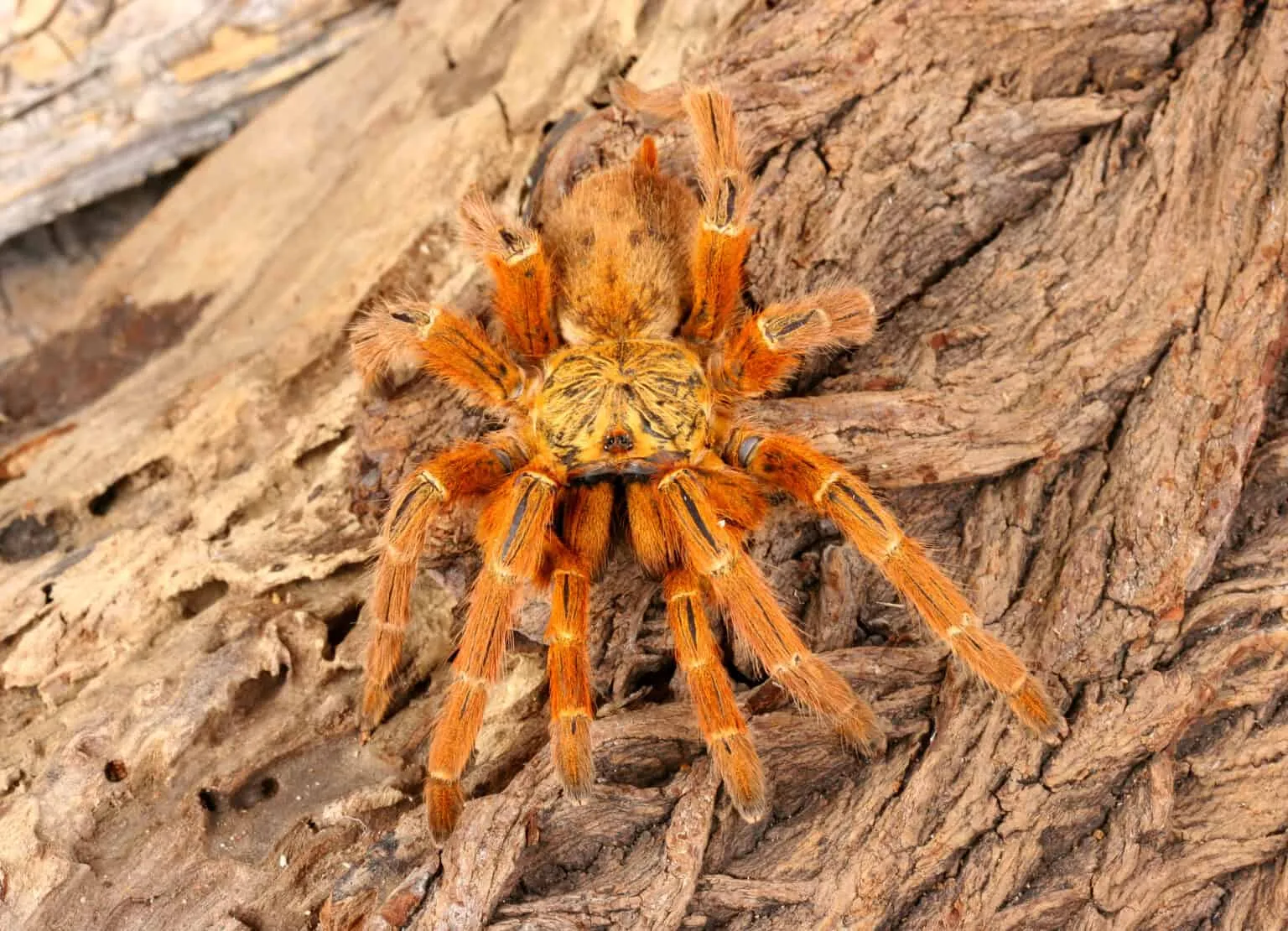What is a Tarantula
Tarantulas are a fascinating group of arachnids, specifically large, hairy spiders belonging to the family Theraphosidae. These creatures are renowned for their impressive size, diverse appearances, and relatively long lifespans. They are found in various habitats around the world, from tropical rainforests to arid deserts. Tarantulas are not insects but are part of the arthropod family, sharing a class (Arachnida) with spiders, scorpions, and mites. They are primarily nocturnal hunters, using their fangs to subdue prey such as insects, other spiders, and sometimes even small vertebrates. Their unique characteristics and behaviors have captured the interest of both scientists and enthusiasts, making them a captivating subject of study and observation. This article will provide you with seven amazing facts about this unique creature.
Taxonomy and Classification
Understanding the taxonomy of tarantulas helps to clarify their place in the animal kingdom. They belong to the order Araneae (spiders) and the infraorder Mygalomorphae, which distinguishes them from other spider groups. Within Mygalomorphae, they are classified under the family Theraphosidae. This family encompasses over 900 species, each with unique traits and characteristics. Scientists continue to study and refine the classification of tarantulas as new species are discovered and genetic analyses provide deeper insights into their evolutionary relationships. This ongoing research ensures that our understanding of these remarkable creatures is constantly evolving, reflecting their true diversity and complexity.
Physical Characteristics of Tarantulas

Size and Appearance
Tarantulas are among the largest spiders in the world, with some species boasting impressive sizes. Their body size can range from less than an inch to over 4 inches, with leg spans often exceeding 10 inches in the largest species. Their appearance is as diverse as their size, with colors ranging from earthy browns and blacks to vibrant blues, oranges, and reds. The body of a tarantula is divided into two main parts the cephalothorax (fused head and thorax) and the abdomen. They are covered in a coat of hair, which serves various purposes, including sensory perception and defense. The variations in size, color, and hair type among different species make tarantulas a visually stunning group of animals. Tarantulas have a variety of colors, some camouflage, others are for mating.
Anatomy Overview
The anatomy of a tarantula is uniquely adapted to its lifestyle. The cephalothorax contains the eyes, mouthparts (including fangs), and legs. Tarantulas have eight eyes, though their vision is generally not as acute as that of some other predators. Their fangs are used to inject venom into prey. The abdomen houses the digestive and reproductive organs. Tarantulas breathe through book lungs, specialized respiratory structures that allow for efficient oxygen exchange. Sensory hairs (setae) cover the body, detecting vibrations and air currents, which aid in hunting and navigation. The complex internal systems work in harmony to ensure the survival and success of these fascinating creatures in their varied environments.
Habitat and Distribution
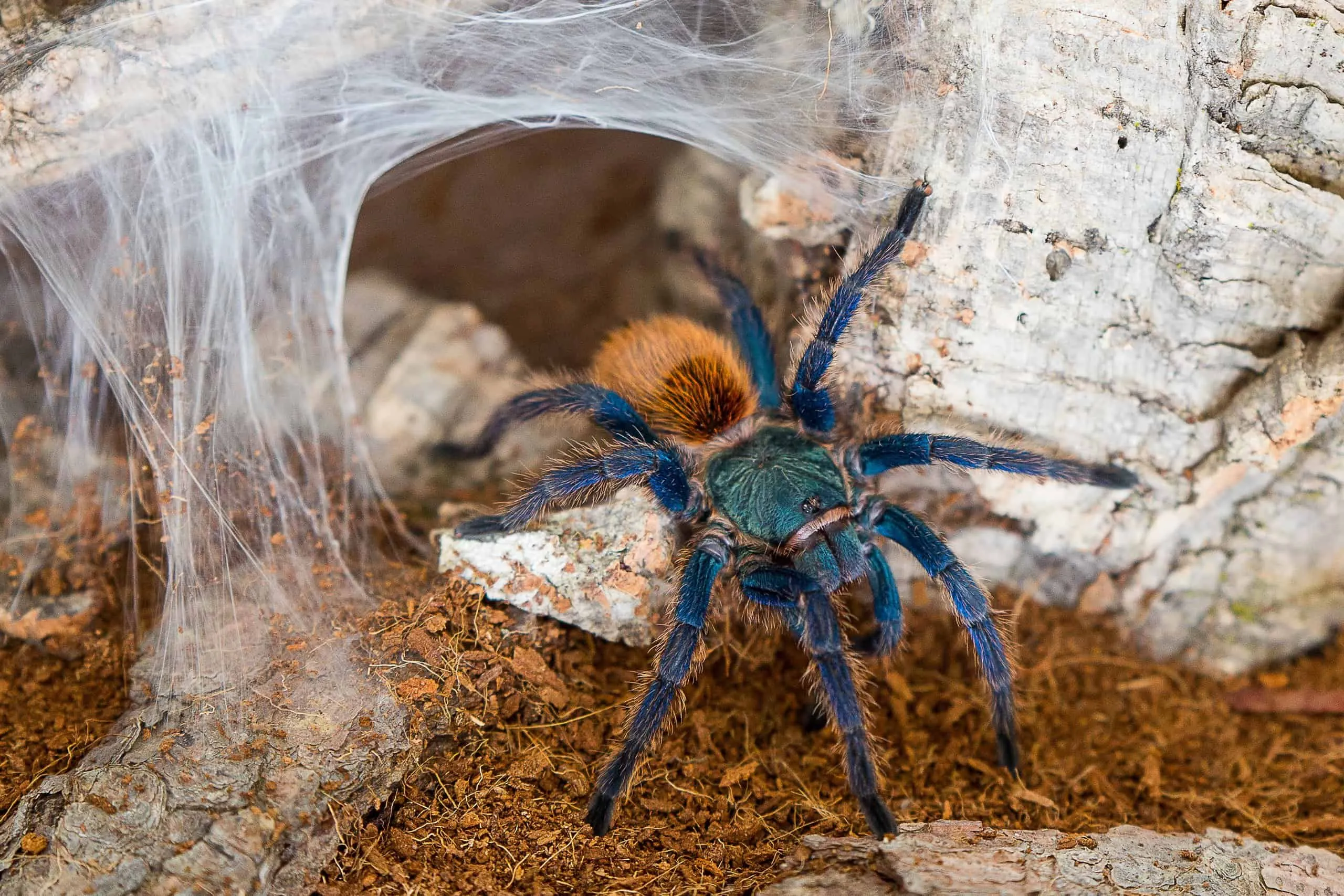
Natural Habitats
Tarantulas have adapted to a wide array of habitats, showcasing their resilience and versatility. They can be found in tropical rainforests, grasslands, deserts, and even mountainous regions. Some species are terrestrial, living in burrows they dig themselves or occupy abandoned animal burrows. Others are arboreal, living in trees and using silk to create webs or retreats. The specific habitat a tarantula prefers depends on factors like climate, prey availability, and shelter. This adaptability allows them to thrive in diverse environments across the globe. From the humid undergrowth of the Amazon to the arid landscapes of the southwestern United States, tarantulas have carved out their niche in various ecosystems.
Geographic Distribution
Tarantulas are found on every continent except Antarctica. They are most diverse in the tropical and subtropical regions of the Americas, Africa, Asia, and Australia. Each region boasts its unique tarantula species, adapted to the specific climate and ecological conditions of its habitat. The distribution of tarantulas is influenced by factors such as climate, vegetation, and the presence of suitable prey. Understanding their geographic distribution provides valuable insights into their evolutionary history and the ecological roles they play in their respective environments. The global presence of tarantulas showcases the remarkable adaptability of these creatures, who have managed to colonize a wide range of habitats around the world.
Behavior and Lifestyle
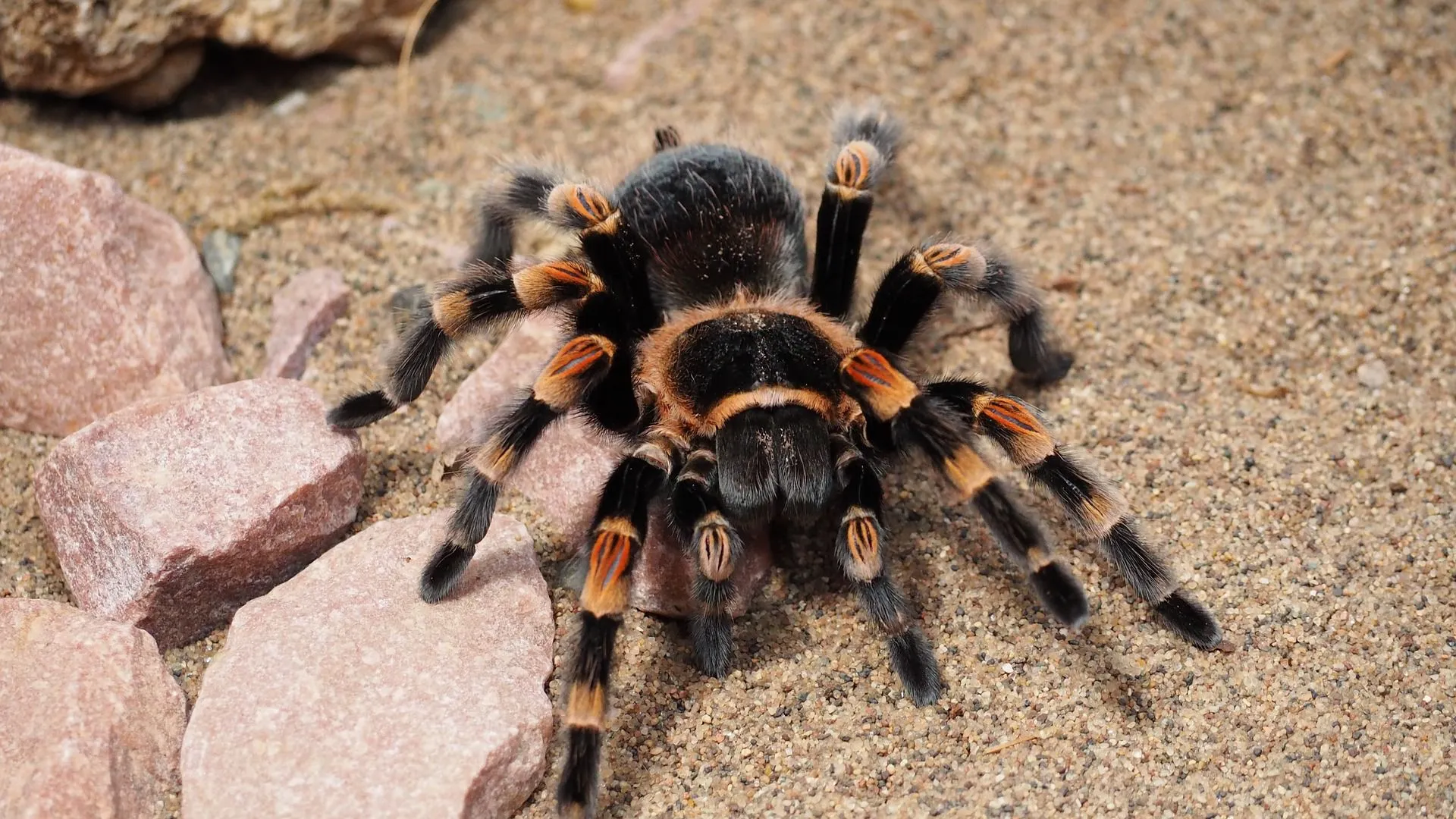
Hunting and Diet
Tarantulas are primarily nocturnal predators, using their keen senses to hunt their prey. Their diet consists mainly of insects, but they may also consume larger prey such as small lizards, rodents, and birds, depending on their size and the availability of food. Tarantulas are ambush hunters, either waiting patiently for prey to come within striking distance or actively pursuing them. They inject venom to paralyze their prey before using their fangs to break it down. The digestive enzymes in their venom help to pre-digest the prey, making it easier for them to consume. The hunting strategies and dietary preferences vary among different species, making them an interesting example of predator-prey dynamics in different ecosystems. The hunting strategies are interesting, some tarantulas use webs while others wait for their prey to come.
Defense Mechanisms
Tarantulas have several defense mechanisms to protect themselves from predators. One of the most common is the urticating hairs, which are barbed hairs located on their abdomen. When threatened, tarantulas flick these hairs towards the perceived threat, causing irritation and discomfort. Some species also have the ability to bite, injecting venom through their fangs as a deterrent. Additionally, tarantulas may exhibit defensive postures, such as raising their front legs, to appear larger and more intimidating. Their various defense strategies highlight their ability to survive in challenging environments where they face various threats. The methods tarantulas use for defending themselves vary depending on the type of species.
Reproduction and Life Cycle

Mating and Egg Laying
The reproductive cycle of tarantulas is an interesting aspect of their life. Males often engage in elaborate courtship rituals to attract a female. After mating, the female lays eggs and encases them in a silken egg sac, which she fiercely protects. The number of eggs in a sac can vary depending on the species, ranging from a few dozen to over a thousand. The female carefully tends to the eggs, ensuring they have the right temperature and humidity for development. This commitment to their offspring highlights the importance of reproduction in the tarantula lifecycle. The reproduction process is delicate and interesting, and involves a range of factors that ensure the survival of the species.
Growth and Molting
Like all arthropods, tarantulas grow by molting. This process involves shedding their exoskeleton to allow for growth. Young tarantulas molt frequently, sometimes every few weeks, while adults molt less often, typically once a year or even less. During molting, the tarantula is vulnerable, as its new exoskeleton is soft. The process is complex, taking several hours or even days, during which the tarantula remains hidden and still. Molting allows tarantulas to grow larger and regenerate lost limbs. The molting process is a fundamental part of their life cycle, showcasing their ability to adapt and thrive in their environment. The molting process also involves the regeneration of limbs, so this ensures the tarantula can still hunt and defend itself.
Tarantulas and Humans
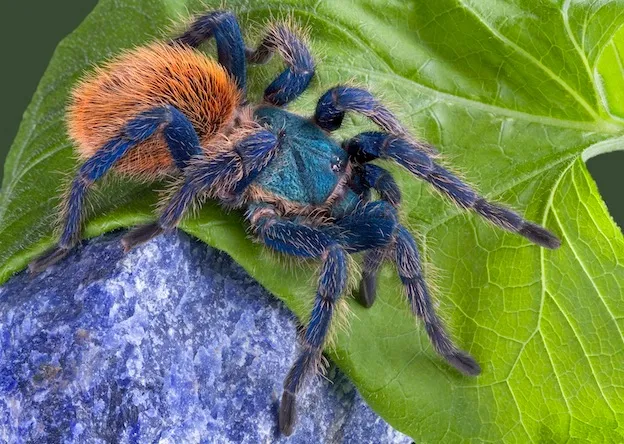
Tarantulas as Pets
Tarantulas have gained popularity as pets, attracting enthusiasts from around the world. Their relatively low maintenance needs and unique characteristics make them an appealing option for some pet owners. Keeping a tarantula as a pet requires providing an appropriate enclosure, maintaining the right temperature and humidity, and feeding them appropriately. Responsible ownership involves understanding the tarantula’s needs, providing a safe environment, and handling them with care. The increasing popularity of tarantulas as pets underscores the growing interest in exotic animals and the need for educating owners about responsible pet ownership practices. Tarantulas are known for their relatively low maintenance needs.
Venom and Safety
While all tarantulas are venomous, their venom is generally not considered to be lethal to humans. The effects of a bite typically include localized pain, swelling, and redness, which can last for a few hours or days. Some people may experience allergic reactions to the venom. The severity of a bite can vary depending on the species of tarantula and the individual’s sensitivity. It is essential to handle tarantulas with care and avoid provoking them to minimize the risk of being bitten. Educating the public about the actual risks associated with tarantula bites helps in reducing unfounded fears and promoting a more informed understanding of these fascinating creatures. Although the venom is not lethal to humans, it’s important to handle tarantulas with care.
Conservation Status
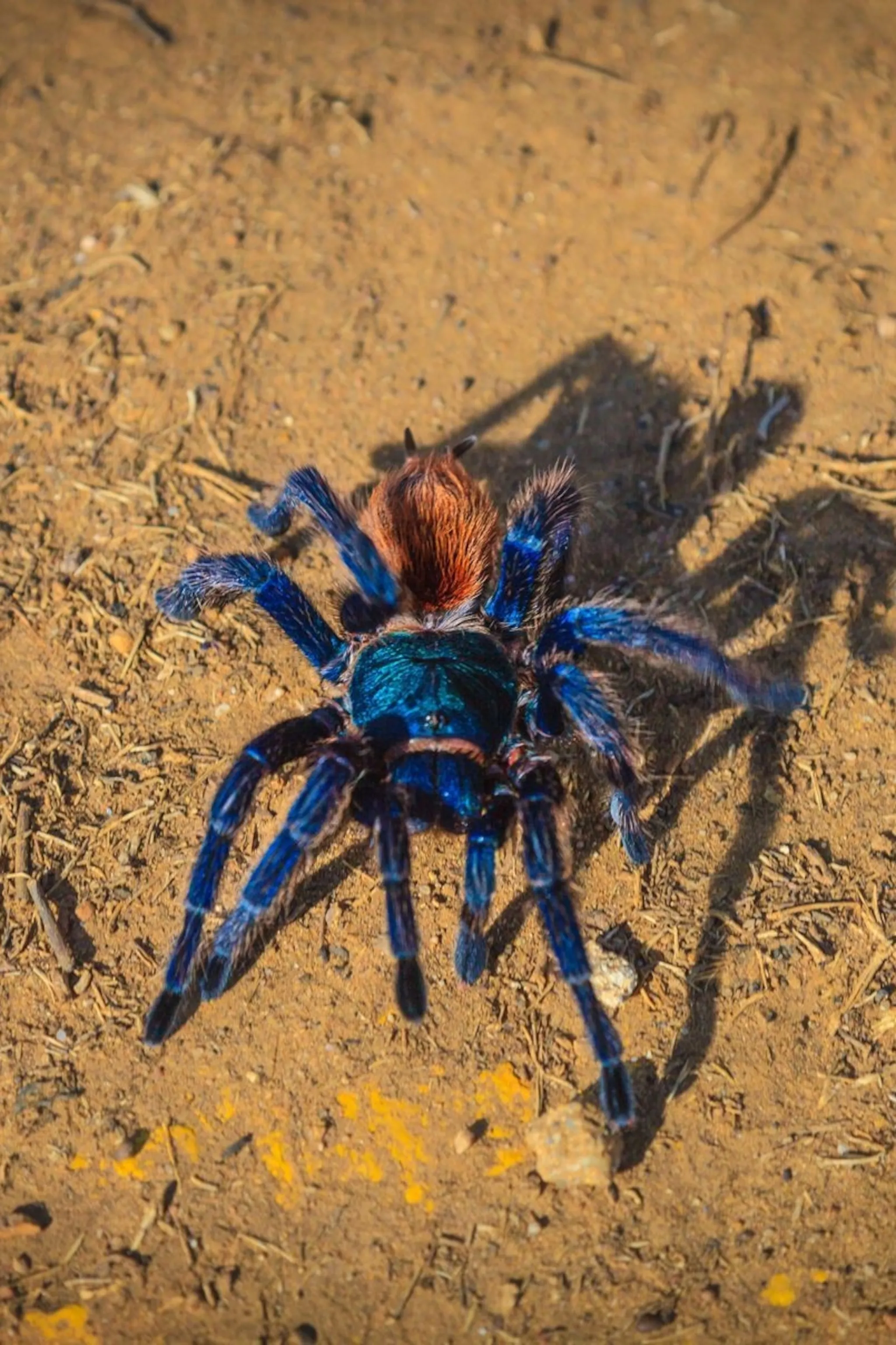
Threats to Tarantulas
Tarantulas face several threats, including habitat loss due to deforestation and urbanization, the pet trade, and climate change. Deforestation reduces the availability of suitable habitats and prey sources. The pet trade, if unregulated, can lead to over-collection of wild tarantulas, impacting their populations. Climate change can affect their habitats, food availability, and overall survival. Understanding these threats is crucial for implementing effective conservation strategies. The actions we take today will determine the fate of these creatures. It is essential to increase awareness about the threats that tarantulas face to ensure their survival in the wild.
Conservation Efforts
Conservation efforts are essential to protect tarantula populations. These efforts include habitat preservation, sustainable pet trade practices, and public education. Protecting and restoring habitats helps to provide suitable environments for tarantulas to thrive. Regulating the pet trade and promoting responsible practices ensures that tarantulas are not over-collected from the wild. Educating the public about the importance of tarantulas and their conservation is crucial for generating support and promoting positive change. By supporting these efforts, we can help to safeguard the future of these fascinating creatures and preserve biodiversity for generations to come. The preservation of habitats is very important in this case, as it ensures the survival of tarantulas.
